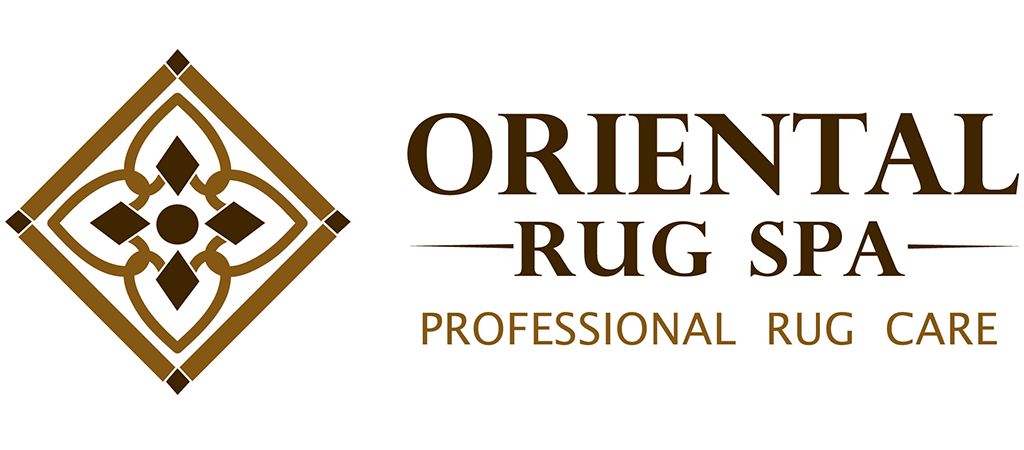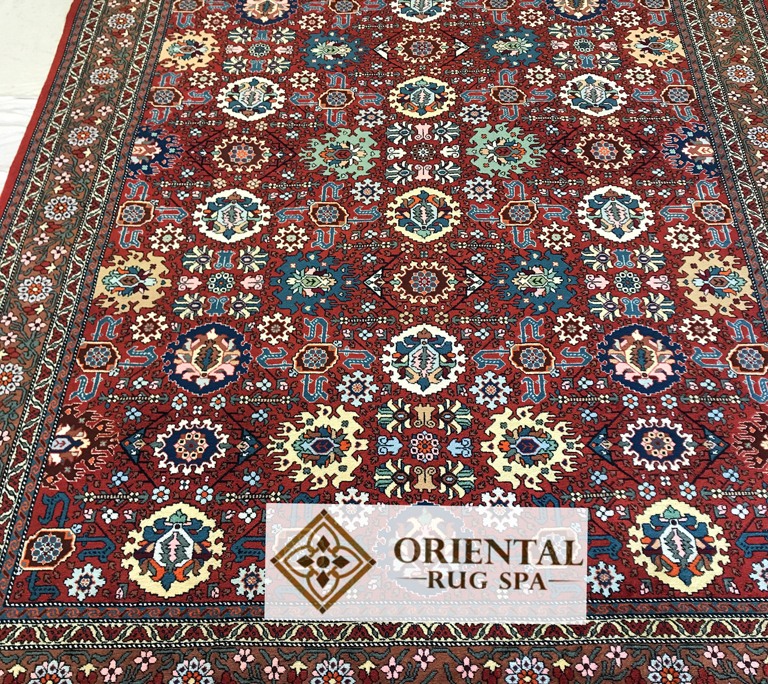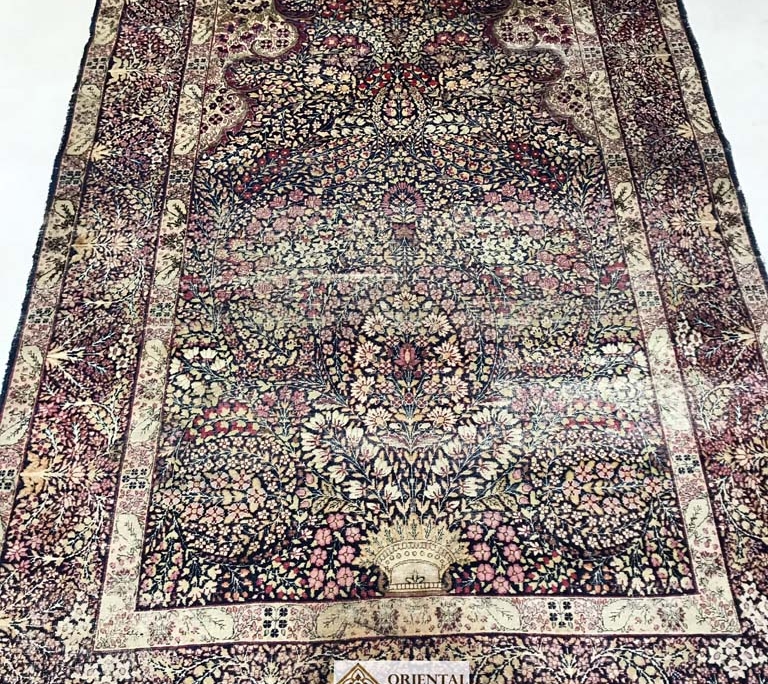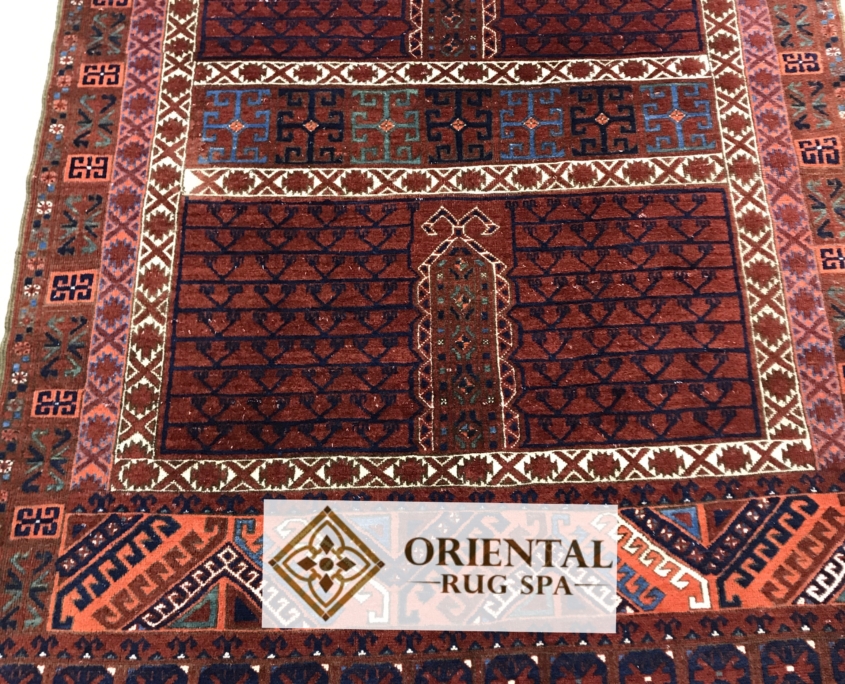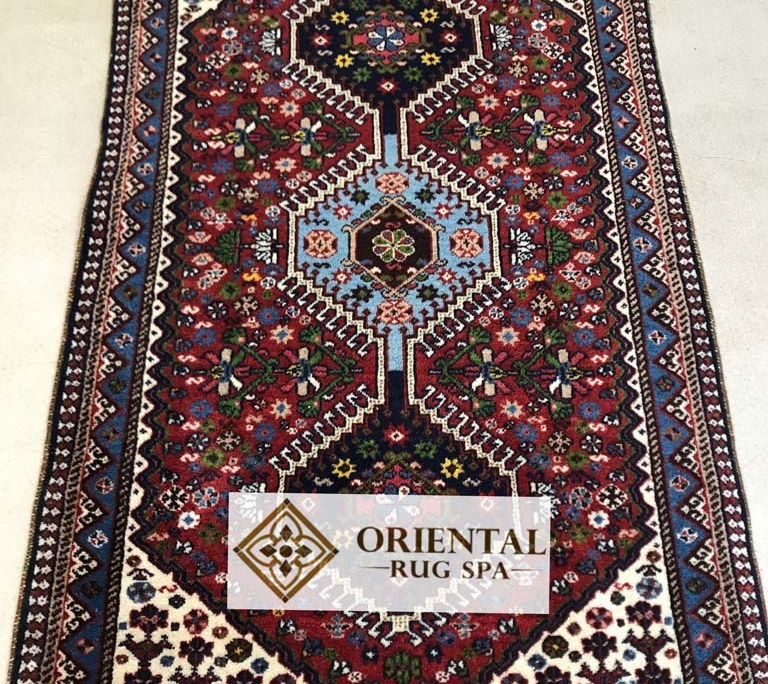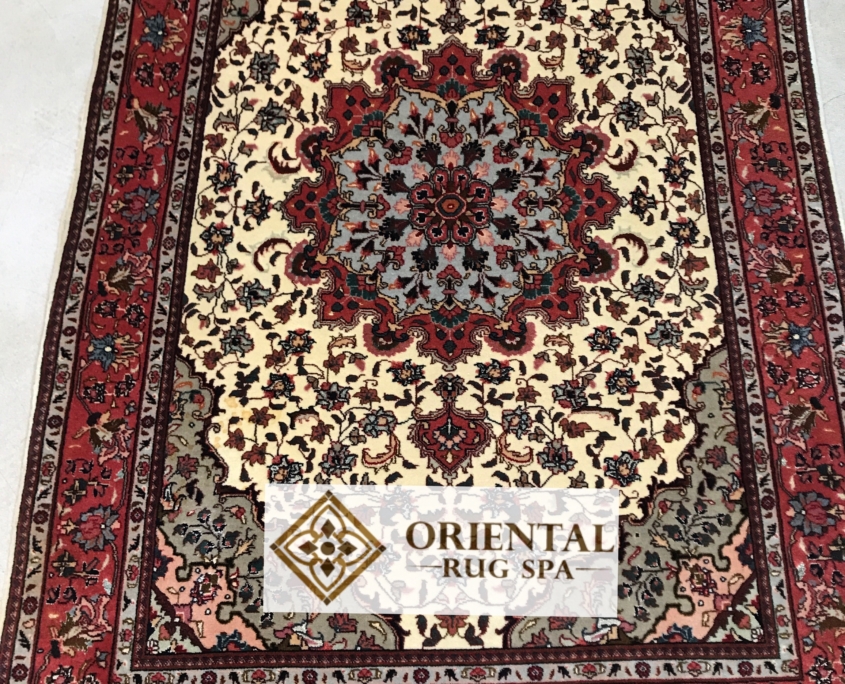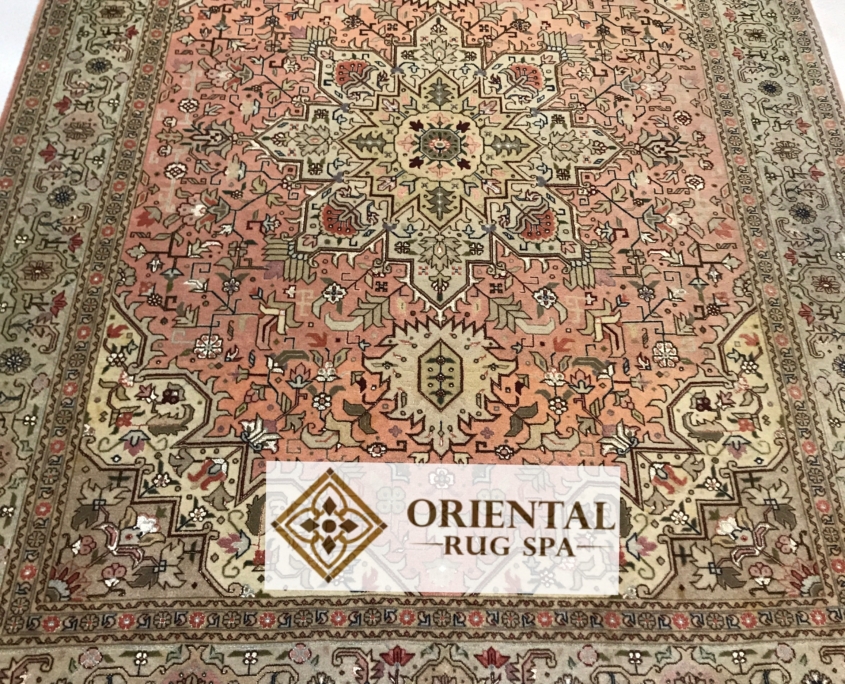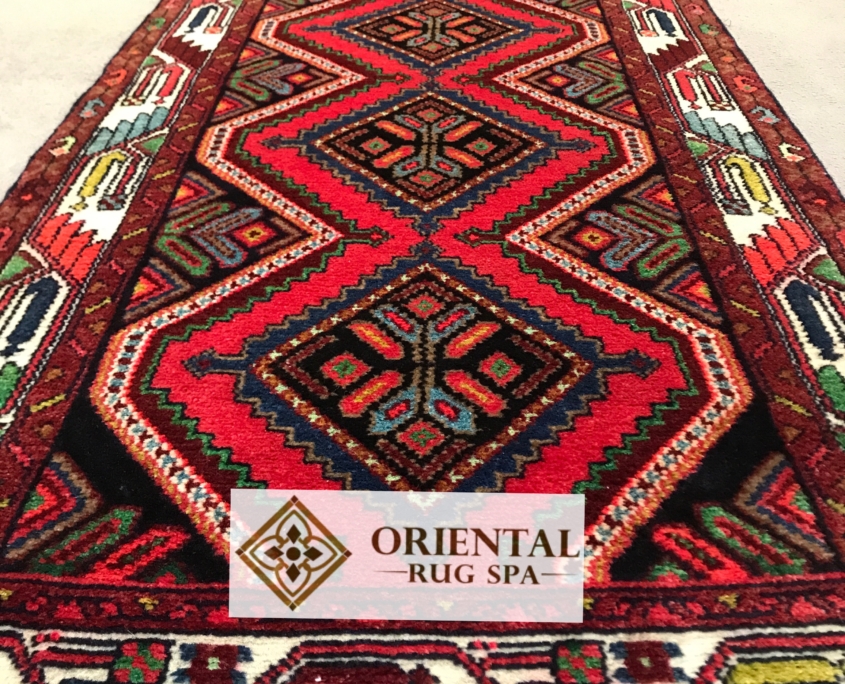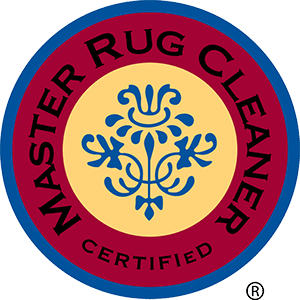Rug Cleaning Kibworth
Oriental Rug Spa offer a specialist Persian, Oriental and Turkish rug cleaning for Kibworth, Leicestershire. We also offer a rug repair service. If you own a dirty or soiled rug that needs professional cleaning, then why not give us a call on 01276 423 150. We can arrange collection and delivery for you. The rug wash process required can differ from rug to rug, so we offer various methods of rug cleaning, from full immersion washing to dry cleaning. All rug fibres can be cared for – wool, cotton, silk and viscose. We can carry out a pet stain and odour treatment, moth treatment and apply a fibre protection to resist against soiling and staining. We have extensive experience with cleaning antique rugs and rugs with unstable dyes and offer a rug repair service, including fringes, sides and pile reweaving.
History of Persian Tabriz Rugs
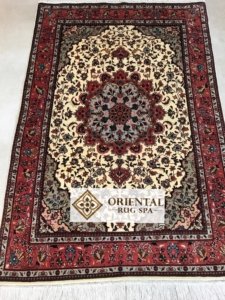
Persian Tabriz
Tabriz rugs have a remarkably rich history, being among the most prestigious and celebrated of all Persian carpets.
Tabriz, located in northwestern Iran (formerly Persia), has been a major carpet-weaving centre since at least the 15th century, though some historians believe the tradition extends back even further. The city’s strategic position on the Silk Road made it a vital trading hub, which greatly influenced both the designs and the commercial success of its rugs.
The golden age of Tabriz weaving is often considered to be during the Safavid dynasty (1501-1736), when the art of carpet-making reached extraordinary heights. Some of the world’s most famous antique Persian carpets, including pieces now housed in museums, are believed to have originated in Tabriz workshops during this period. The city was actually the Safavid capital for a time, which attracted the finest artisans and encouraged innovation in design.
Tabriz rugs are traditionally known for their exceptional quality, intricate designs, and remarkable precision. They often feature elaborate medallion patterns, hunting scenes, and floral motifs. The weavers of Tabriz were particularly innovative, being amongst the first to create pictorial rugs depicting historical events and portraits.
What makes Tabriz rugs distinctive is their use of the Turkish (symmetrical) knot rather than the Persian (asymmetrical) knot more common elsewhere in Iran, likely due to the region’s proximity to Turkey and Azerbaijan. The finest examples can have an extraordinarily high knot count, sometimes exceeding 500 knots per square inch.
The tradition continues today, with Tabriz remaining one of Iran’s most important carpet-producing cities.
